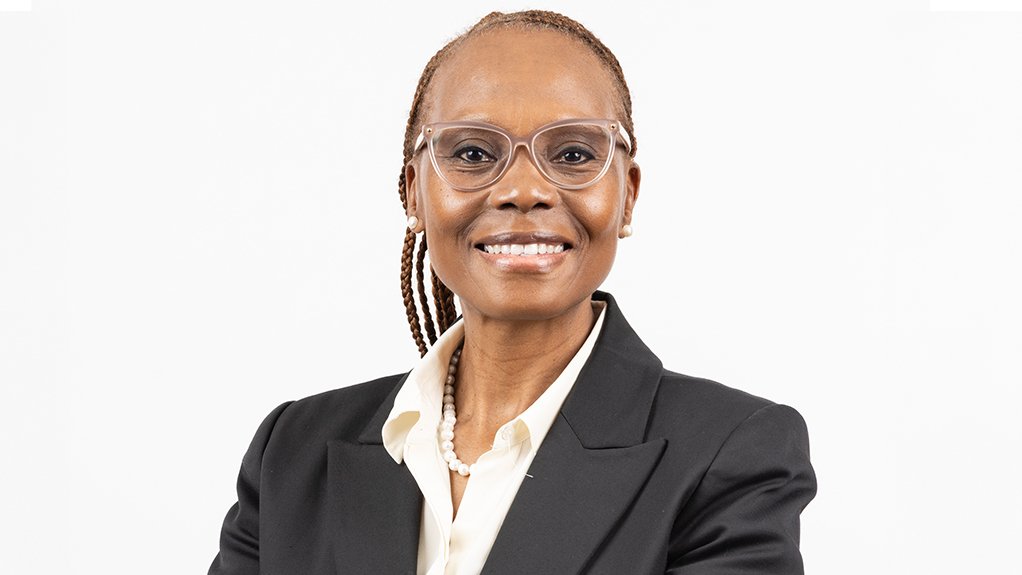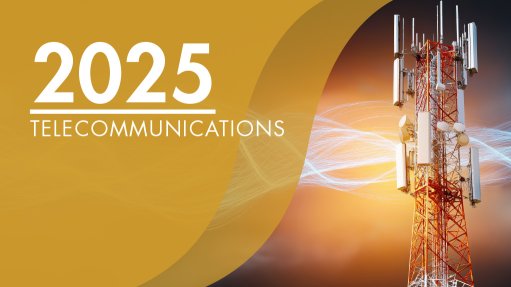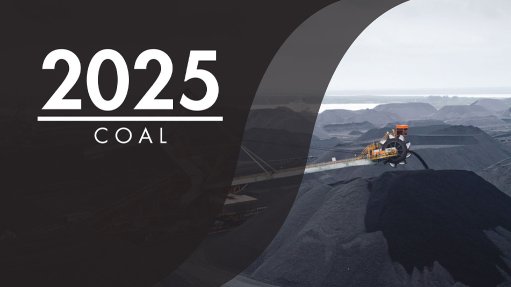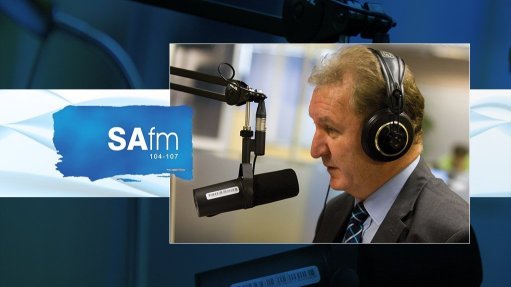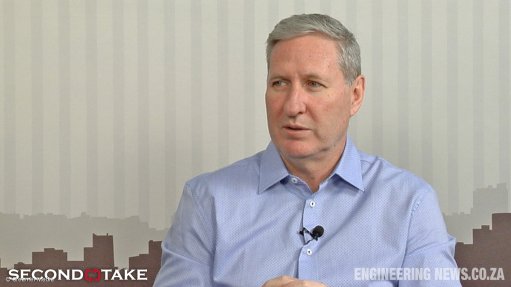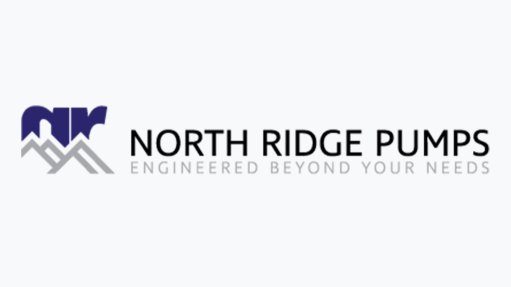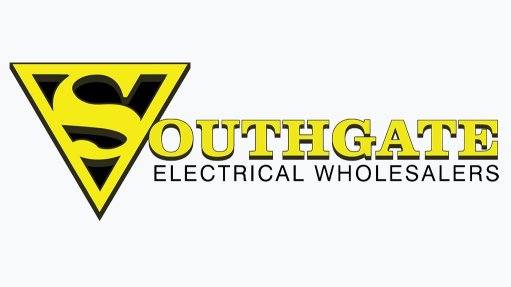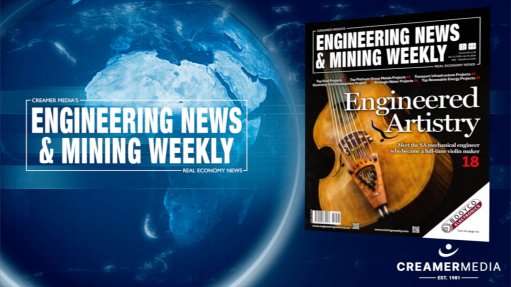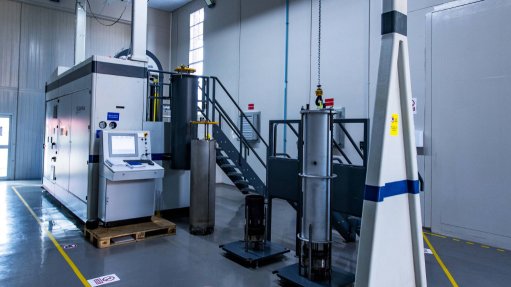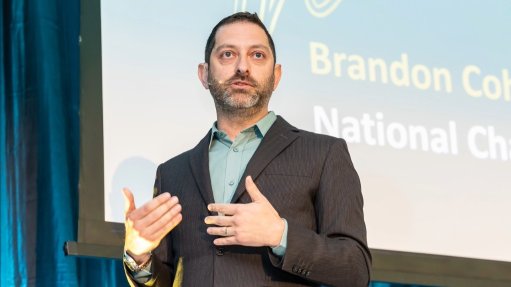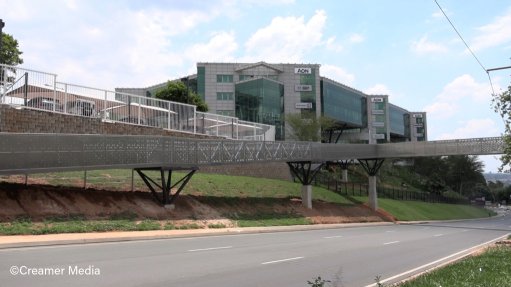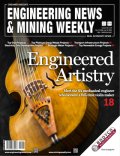Eskom simplifies SSEG registration process, lowers cost
State-owned power utility Eskom says it has simplified the compliance and registration process for customers who generate their own electricity through small-scale embedded generation (SSEG) systems, such as rooftop solar panels.
From October 1, residential customers can have their systems, excluding single-phase testers, signed off by a Department of Employment and Labour- (DEL-) registered person, rather than an Engineering Council of South Africa- (ECSA-) registered professional.
The aim of the latest change is to make it easier, safer and more affordable for households and small businesses to connect legally to the national grid, as required by the National Energy Regulator of South Africa (Nersa), Eskom says.
“We encourage customers to come forward and register their systems to meet Nersa’s legal requirements to ensure compliance and safety and also to benefit from future programmes that reward clean-energy generation,” says Eskom Distribution acting group executive Agnes Mlambo.
The new changes mean that there are no registration or connection fees for households with solar systems up to 50 kVA until March 2026.
Customers can save more than R9 000 in connection costs for a typical 16 kVA rooftop solar system.
Households with solar PV systems up to 50 kVA continue to be exempt from registration fees and installation of smart meter fees.
Non-residential SSEG customers will continue to benefit from the previous year’s connection charges, thereby ensuring continued cost savings, the utility says.
The new requirements also support faster sign-off processes, as residential systems can now be certified by a DEL-registered person, such as installation electricians and master installation electricians.
Additionally, the new rules present clear and simpler requirements, namely a valid certificate of compliance and a basic embedded generator installation compliance test report, which has to be signed off by a registered person, Eskom avers.
Nersa regulations require all businesses and households with embedded generation systems of less than 100 kVA, including solar PV systems, to register with Eskom as an electricity licensee, even if they do not export electricity to the grid.
However, customers who are fully offgrid and not connected to Eskom’s network are not required to register, provided they can demonstrate that their systems operate independently of Eskom’s supply.
As a licensed electricity distributor, Eskom ensures that all customer connections, whether for energy use or generation, comply with the technical codes, standards and safety conditions, as required by Nersa, it adds.
Further, the utility has been working on the SSEG framework with industry stakeholders, including the South African Bureau of Standards (SABS), the South African Photovoltaic Industry Association (SAPVIA), the Association for Municipal Electricity Distributors, the National Rationalised Specifications (NRS) Standing Committee and Eskom independent power producer stakeholders, since 2015.
This process developed this simpler and more affordable solution for customers that maintains a stringent focus on safety, Eskom says.
“Eskom recognises that many South Africans are eager to participate in the clean energy transition. Our goal is to make it as simple, safe and cost-effective as possible for customers to connect legally, while ensuring the stability and safety of the national grid. We have been working hard with our industry stakeholders to remain at the leading edge of safety requirements,” Mlambo avers.
Registered customers can benefit from future tariff structures that make it possible to sign up for demand-response products and pay less for electricity by shifting energy use to lower-cost periods, she states.
Additionally, registered users exporting power back to the grid can benefit from the Nersa-approved Homeflex tariff, which provides credits for energy exported and, thereby, further improve the return on their investment, she adds.
Meanwhile, before 2019, only medium-voltage customers, namely above 1 000 V, were permitted to operate embedded generators in parallel with Eskom’s or a licensee’s network.
In April 2020, Eskom expanded this to include low-voltage customers, allowing residential and small business users to install SSEG systems, the utility says.
In the absence of formal low-voltage regulations, the distribution industry relied on the SSEG NRS097 distribution standard for the interconnection of embedded generation to ensure safe and compliant installations.
Initially, Eskom had required systems to be signed off by an ECSA-registered professional, but this process was costly for some homeowners, as professional sign-off fees vary and are outside Eskom’s control, it says.
“Customers said the previous process felt complicated and costly and Eskom has responded by streamlining compliance and introducing cost relief measures so that more South Africans can participate in the clean energy transition with confidence,” the utility states.
Meanwhile, Eskom says it remains committed to supporting South Africa’s energy transition by enabling the safe, affordable and compliant integration of SSEG systems.
This support includes ongoing work to explore solutions for prepaid connections, while ensuring the continued integrity and reliability of the national grid.
SAPVIA SUPPORT
Meanwhile, SAPVIA has welcomed the changes, stating that they represent Eskom adopting key industry recommendations.
The new framework reflects the results of the association’s ongoing collaboration with Eskom and its active role within the national SSEG working groups and standards forums, says SAPVIA Distributed Generation working group chairperson Oliver Johnston.
Through continuous engagement in technical working groups and policy consultations, SAPVIA has consistently advocated for reforms that make compliance simpler and more cost-effective for consumers, while ensuring installations remain safe and standards driven, he points out.
“These changes align with the recommendations our technical experts have advanced through the NRS and SABS processes, and we are pleased to see this collaboration delivering tangible benefits for consumers. This is a strong example of how consistent, evidence-based engagement between industry and utilities can deliver results that accelerate the energy transition,” Johnston adds.
SAPVIA will continue to work closely with Eskom, municipalities and national regulators to further streamline compliance, enhance safety standards and expand consumer participation in South Africa’s clean energy economy.
It remains committed to supporting the safe and sustainable growth of embedded generation as a cornerstone of South Africa’s renewable energy future, he says.
Article Enquiry
Email Article
Save Article
Feedback
To advertise email advertising@creamermedia.co.za or click here
Comments
Announcements
What's On
Subscribe to improve your user experience...
Option 1 (equivalent of R125 a month):
Receive a weekly copy of Creamer Media's Engineering News & Mining Weekly magazine
(print copy for those in South Africa and e-magazine for those outside of South Africa)
Receive daily email newsletters
Access to full search results
Access archive of magazine back copies
Access to Projects in Progress
Access to ONE Research Report of your choice in PDF format
Option 2 (equivalent of R375 a month):
All benefits from Option 1
PLUS
Access to Creamer Media's Research Channel Africa for ALL Research Reports, in PDF format, on various industrial and mining sectors
including Electricity; Water; Energy Transition; Hydrogen; Roads, Rail and Ports; Coal; Gold; Platinum; Battery Metals; etc.
Already a subscriber?
Forgotten your password?
Receive weekly copy of Creamer Media's Engineering News & Mining Weekly magazine (print copy for those in South Africa and e-magazine for those outside of South Africa)
➕
Recieve daily email newsletters
➕
Access to full search results
➕
Access archive of magazine back copies
➕
Access to Projects in Progress
➕
Access to ONE Research Report of your choice in PDF format
RESEARCH CHANNEL AFRICA
R4500 (equivalent of R375 a month)
SUBSCRIBEAll benefits from Option 1
➕
Access to Creamer Media's Research Channel Africa for ALL Research Reports on various industrial and mining sectors, in PDF format, including on:
Electricity
➕
Water
➕
Energy Transition
➕
Hydrogen
➕
Roads, Rail and Ports
➕
Coal
➕
Gold
➕
Platinum
➕
Battery Metals
➕
etc.
Receive all benefits from Option 1 or Option 2 delivered to numerous people at your company
➕
Multiple User names and Passwords for simultaneous log-ins
➕
Intranet integration access to all in your organisation



